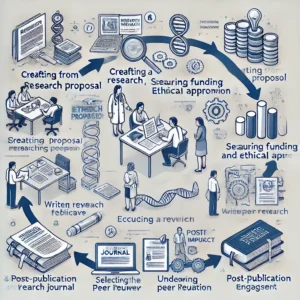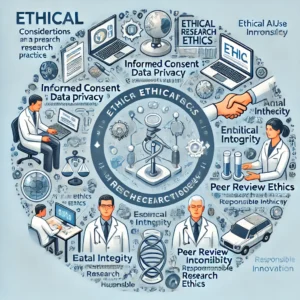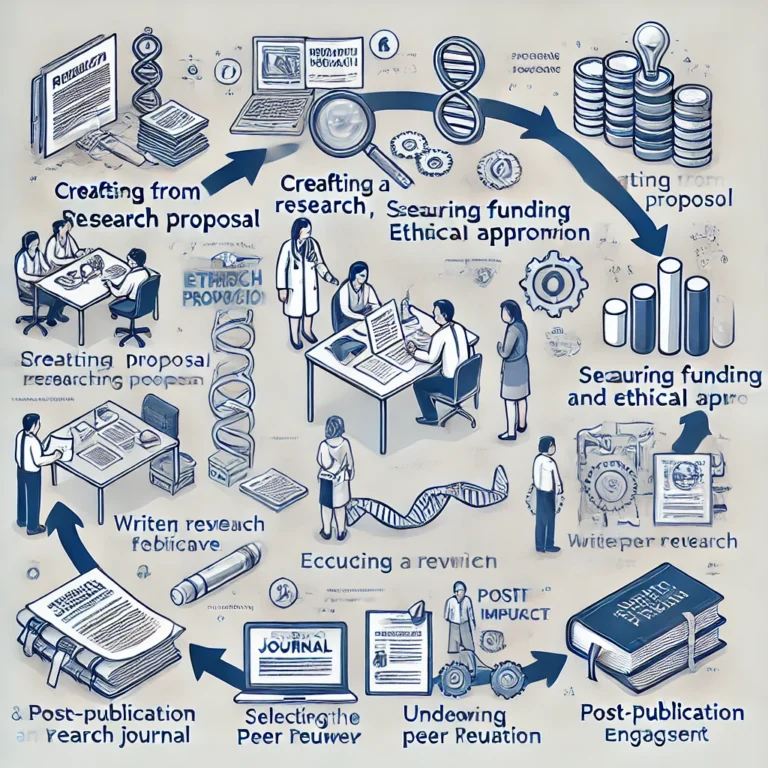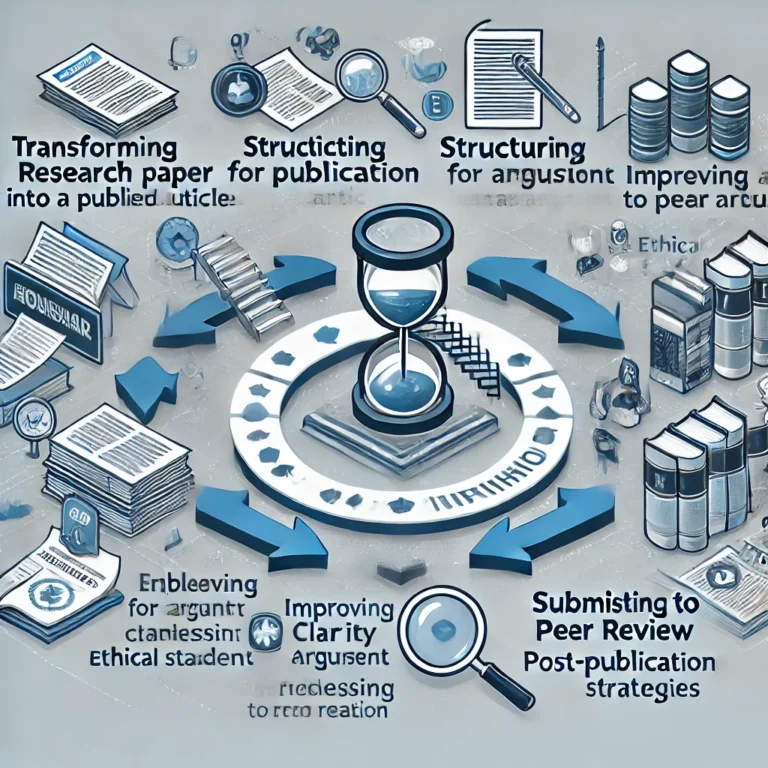In today’s digital landscape, social media has become a powerful tool for researchers to share their work, engage with a broader audience, and enhance the impact of their findings. Platforms such as Twitter, LinkedIn, ResearchGate, and even YouTube provide unique opportunities to disseminate research beyond traditional academic circles.
Why Use Social Media for Research Promotion?
- Increased Visibility: Sharing research on social media exposes it to a wider audience, including fellow researchers, policymakers, industry professionals, and the general public.
- Networking Opportunities: Engaging with other researchers and professionals through social media fosters collaborations and knowledge exchange.
- Real-Time Engagement: Unlike traditional publishing, social media allows for immediate discussion and feedback from diverse audiences.
- Altmetrics and Impact Tracking: Many social media platforms provide analytics that can help measure the reach and engagement of research outputs.
Best Practices for Promoting Research on Social Media
1. Choose the Right Platforms
- Twitter/X: Ideal for sharing research highlights, engaging in academic discussions, and following relevant hashtags.
- LinkedIn: Suitable for professional networking, sharing research insights, and engaging with industry experts.
- ResearchGate & Academia.edu: Useful for sharing full-text papers and discussing research findings within academic communities.
- YouTube: Great for creating explainer videos or presentations about research topics.
2. Craft Engaging Content
- Write a compelling summary of your research with key findings.
- Use visuals such as infographics, charts, and short videos to make your content more engaging.
- Create threads or posts breaking down complex research into digestible parts.
3. Utilize Hashtags and Mentions
- Use relevant hashtags (e.g., #AcademicTwitter, #PhDChat, #OpenScience) to reach specific academic communities.
- Tag relevant institutions, collaborators, and influencers to increase engagement.
4. Engage with Your Audience
- Respond to comments and discussions about your research.
- Share and comment on related research to build a presence within your field.
5. Link to Full Research Outputs
- Provide direct links to full-text publications, preprints, or institutional repositories.
- Use DOI links or open-access versions where possible.
Overcoming Challenges
- Time Management: Schedule posts in advance using tools like Buffer or Hootsuite.
- Dealing with Misinformation: Ensure accuracy by citing sources and addressing misunderstandings professionally.
- Institutional Guidelines: Follow ethical considerations and university policies regarding social media use.
Conclusion
Social media offers an effective and accessible way for researchers to promote their work, engage with a global audience, and enhance their professional visibility. By strategically using different platforms, crafting engaging content, and actively participating in discussions, academics can amplify the reach and impact of their research.











